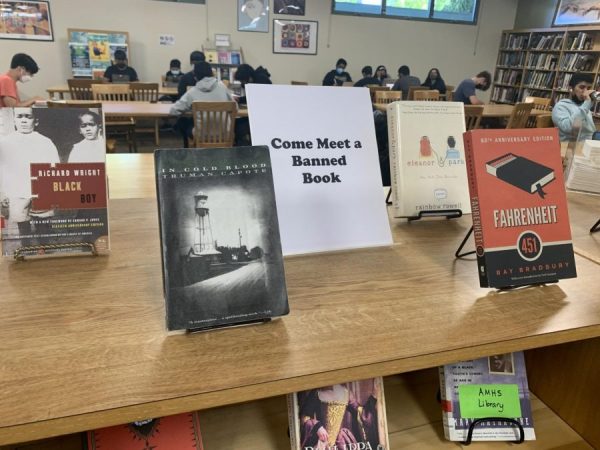A “third place,” as defined by sociologist Ray Oldenburg in 1989, is an area separate from the home and workplace for the purpose of relaxation and socialization. These can be libraries, public parks, or any accessible, informal settings meant to foster a sense of community and belonging. The positive impacts of third places cannot be understated; the sense of freedom and lack of commitment intrinsic to third places enriches creativity and self-expression, and they encourage connection between members of a community who might not ordinarily interact.
Libraries, in particular, serve this purpose; they offer unfettered access to technology, education, and literature in addition to a calming, open environment. Its combination of both organized activities as well as unstructured creativity make them essential third places.
At Mitty, one of the most commonly used “third places” would be the Timothy M. Brosnan Library. Many students enjoy the flexibility of our library for relaxing, collaborating, and (up until the removal of the silent study room) intensely studying for upcoming exams. It’s a perfect spot for students looking for a casual way to spend an off period (pop in headphones and listen to music), or those looking for a more serious, quiet environment to research on the computers or study with friends. For other students, the open space of the Susan Sobrato Science and Student Life Center can also serve as multi purposeful “third places” for talking with friends and catching up with work. Ultimately, students are not confined to use their third space of choice on campus solely for either productivity or socialization; they are freed from the burdens of constant production and consumption.
In interviews, many juniors and seniors expressed appreciation for the library’s environment, explaining that it was incomparable to other spaces such as their home, cafes, or classrooms. Nearly everyone interviewed also expressed that they felt their productivity increase while working in the library, compared to at home. This indicates the importance of such third places to students, which not only foster a calm environment for creativity and relaxation, but also assists students with their academic goals. The free nature of the library, with the options to listen to music while working, or to sit alone or with a group of friends, provides many opportunities for both collaboration and self-motivated education for students of different learning styles.

While the benefits of third places have been innumerable, the unfortunate reality is that they are being neglected and are rapidly disappearing. At Mitty, many students, for example, reported that the more capacity-constrained the library became, the more difficult it became to work amidst the noise and crowd, and some even felt discouraged from studying.
Across the country, funding is slowly being pulled from third places like libraries and community centers, leaving them unable to organize their usual resources and community-based activities. Thus, more people draw away from working or socializing in such spaces, preferring to spend their time in more private areas, including digital ones.
From the largest metropolises to the smallest of towns, public third places are now being replaced by private spaces. Starbucks was the first brand to capitalize on the desire for third places; their philosophy commercialized their locations as spaces “different from the house, the school, or the workplace–a space for socializing, relaxing, and working that’s uniquely Starbucks.” However, most private third places, such as cafes, expect payment from people in order to make use of their space. Increasingly digitized systems ensure the most efficient transactions to encourage more people to purchase overpriced lattes without even having to interact with others. Those who prefer not to spend money instead simply study at home or socialize at another location–devastating for people whose routines rely on the communal aspect of third places. The defunding and neglect of traditional third places, and the subsequent growing interest in private third places, has significantly reduced the variety in available third places that are accommodating to diverse needs.
This lack of diversity in available third places is reflected even in our own school, especially with the removal of the silent study room. While students continue to gather in the library to talk with friends before school, pass time between classes, or spend off periods, the (now more often than not) loud environment has proven to make productivity and socialization even more difficult. In addition, the reduced space discourages students from gathering together and working, as there are usually not enough chairs to sit on. In previous years, the silent study room filled the needs of students who found the calm room with individualized desks more conducive to relaxation and productivity. One could work alongside friends and peers who want a quiet space to simply spend their time or be productive, away from the sometimes distracting or overstimulating nature of the main library.
The unfortunate lack of variety in today’s third places has limited socialization and relaxation. While collaborative third places are absolutely useful to foster creativity and connections between groups of people within a community, it is equally imperative to have quieter recreational spaces, suited for more introverted individuals who seek other similar people. Third places have historically served as a respite from a society that requires us to produce a constant output at our work or school; for others they have provided welcome opportunities for voluntary, unforced socialization with new people. It is critical that we continue to devote our time, energy, and resources to maintaining these places for the good of our communities.


